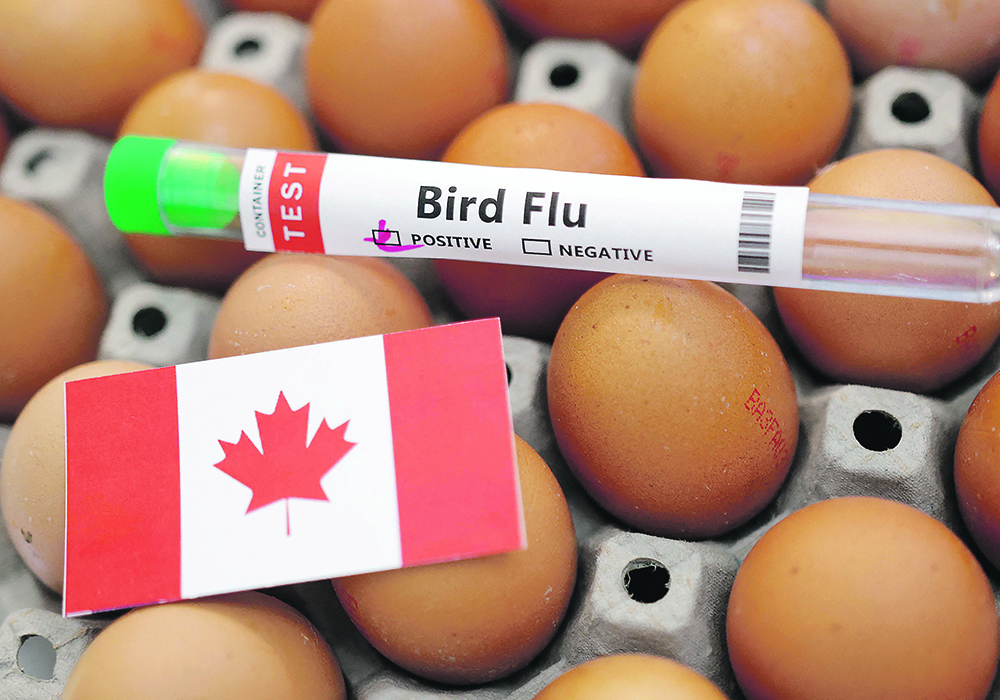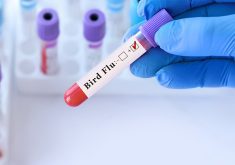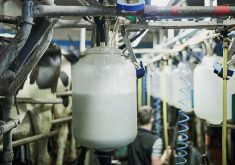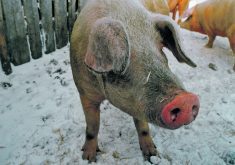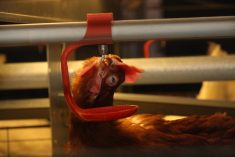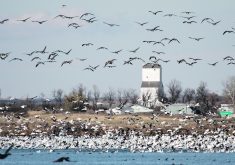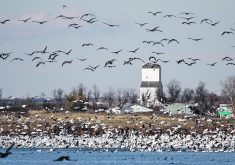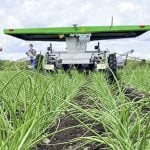Provincial budget commits $1.2 million to help the University of Calgary improve how livestock diseases are detected
The Alberta government plans to help the province’s producers by providing $1.2 million to the University of Calgary to improve diagnostic services to detect livestock diseases.
“Right now, we’re seeing a lot of stress on the diagnostic facilities even back to the flooding in (British Columbia) and then avian influenza,” said Agriculture and Irrigation Minister Nate Horner. “We’re seeing a lot of pressure in our labs from Edmonton and Lethbridge, so we’re trying to build a more robust system and this is something the U of C has been asking for, so glad to see that made it through.”
Read Also
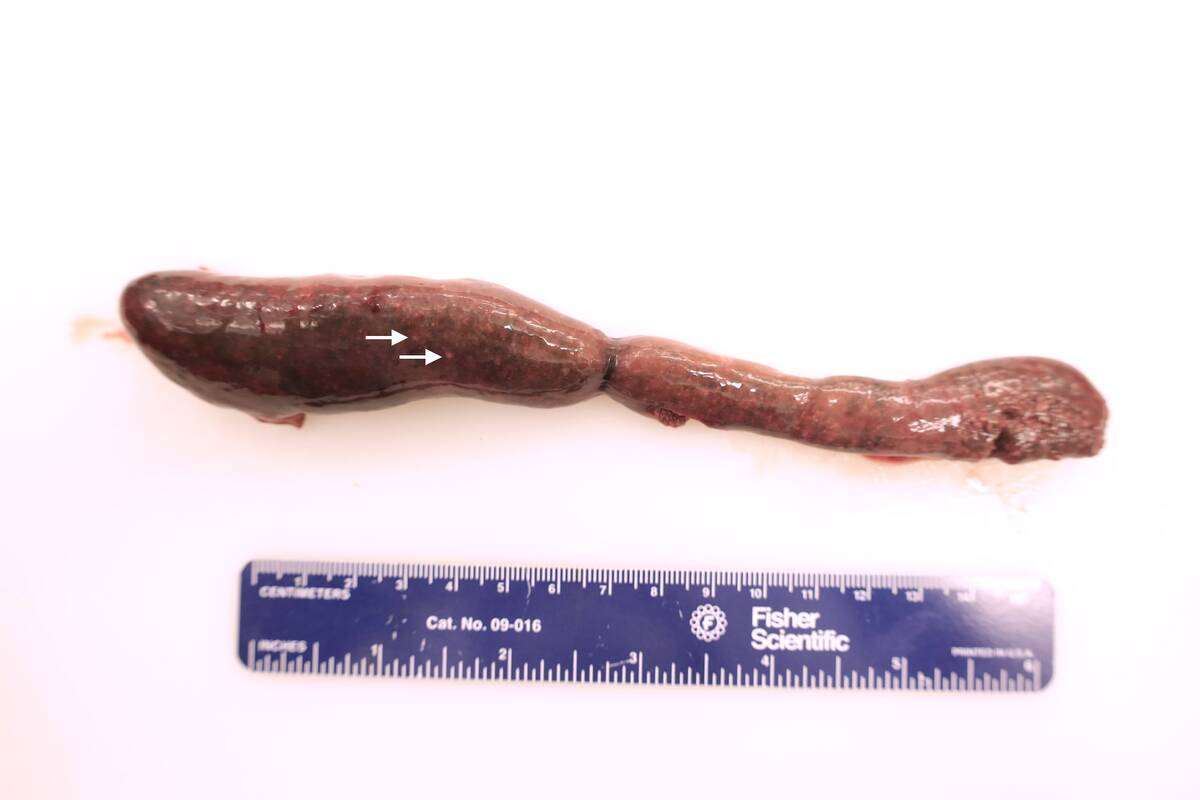
Tularemia continues to pose health risk on the Prairies
The pathogen that causes tularemia can survive for months in the environment, including wetlands, and is spread through direct contact or inhalation from these sources.
Horner spoke about the initiative at the recent annual general meeting of Alberta Beef Producers in Red Deer. The funding will be for the Diagnostic Services Unit at the university’s Faculty of Veterinary Medicine as outlined in the provincial budget released Feb. 28.
It will help Alberta’s agriculture industry by ensuring critical diagnostic capacity at a lower cost, said the provincial government’s 2023-26 Fiscal Plan.
“These services will now be provided in Alberta rather than having to send samples out of the province,” it said.
Budget cuts under then Premier Ralph Klein’s government resulted in the closure of several labs in 1995, ending the province’s veterinary diagnostic services to the livestock industry for 25 years. The decision boosted wait times and veterinary bills for Alberta’s producers.
It wasn’t until 2020 that $3.4 million was provided for a pilot project involving a new laboratory at the faculty. It has eased costs and provided speedier service. It was also partly intended to help watch for diseases that could spread to humans.
“To me, not having a fully functioning diagnostic lab in a province like Alberta, I mean, I guess you can quote me on that: I think that’s crazy,” said Renate Weller, dean of the Faculty of Veterinary Medicine.
“The whole concept of One Health, I mean, it’s real. It’s absolutely real, and if people haven’t realized that animal health relates to human health after COVID, then I don’t know. They must have lived on Mars, I think, (and) it goes beyond zoonotic diseases into food security.”
Early warning is important because illnesses such avian influenza are not going away, she said.
“We have so many diseases circling — I could name every single species, African swine fever — these are threats we really have to take seriously, in my opinion.”
The latest funding of $1.2 million will pay for modifications to infrastructure to accommodate new equipment, said Weller.
“And so, this is almost like the final step in making our Diagnostic Services Unit a full service,” she said.
Although the pilot project is slated to end in 2024, the faculty hopes to secure long-term provincial funding, said Weller.
“When I came to Alberta one-and-a-half years ago and got involved in these discussions, I’m like, ‘well, you know, agriculture is such a big deal here, surely you must have a fully functioning service lab here’,” she said.
“That’s what I’m used to from Germany and the (United Kingdom), so I’m pretty confident that the government has recognized it and will recognize that in the future.”
Meanwhile, producers in Alberta also face a critical shortage of veterinarians. The provincial government announced last year it was adding $8.4 million to an earlier $59 million for a major three-year expansion at the Faculty of Veterinary Medicine.
The number of students will be doubled to a maximum of 100, up from the current limit of 50. The first class of veterinarians under the expansion is expected to graduate in 2029, said Weller.
The initiative includes constructing a new building on the university’s Spy Hill campus in Calgary, she said during an interview March 2.
“I literally just got an email with another draft of our new building … so, we are hoping to finalize the plans literally in the next two days, which is well within the timeline that was set, and I’m pretty hopeful that we will open the doors to double the numbers of students in September 2025.”
Although efforts are being made to keep costs under control, no one expected that inflation would reach its current level, she said.
“So again, I trust the government that if we need to adjust our building costs… and it’s not a luxurious building, right? It’s an F-150, not a Porsche, so there is not much in terms of fat we can cut.”
The faculty is also conducting a curriculum revision that includes consulting with veterinarians to see what skills, knowledge and attributes are needed by graduates, including resilience, said Weller. “So, we have to work together to make sure we don’t graduate people that leave the profession after two years.”


